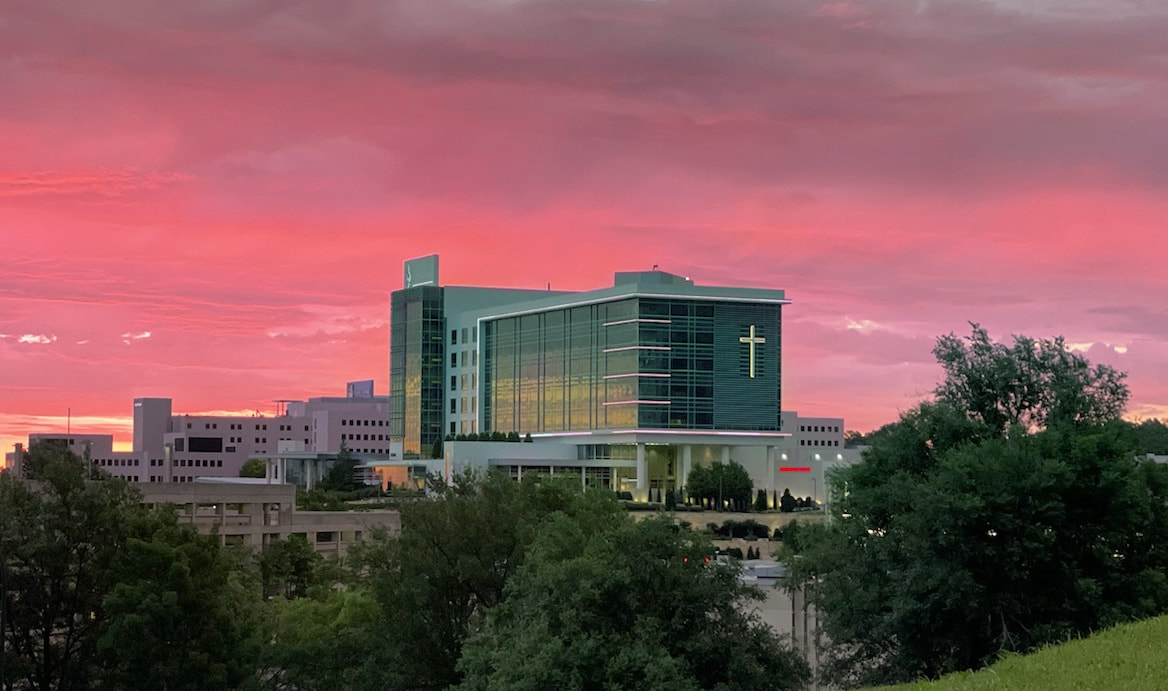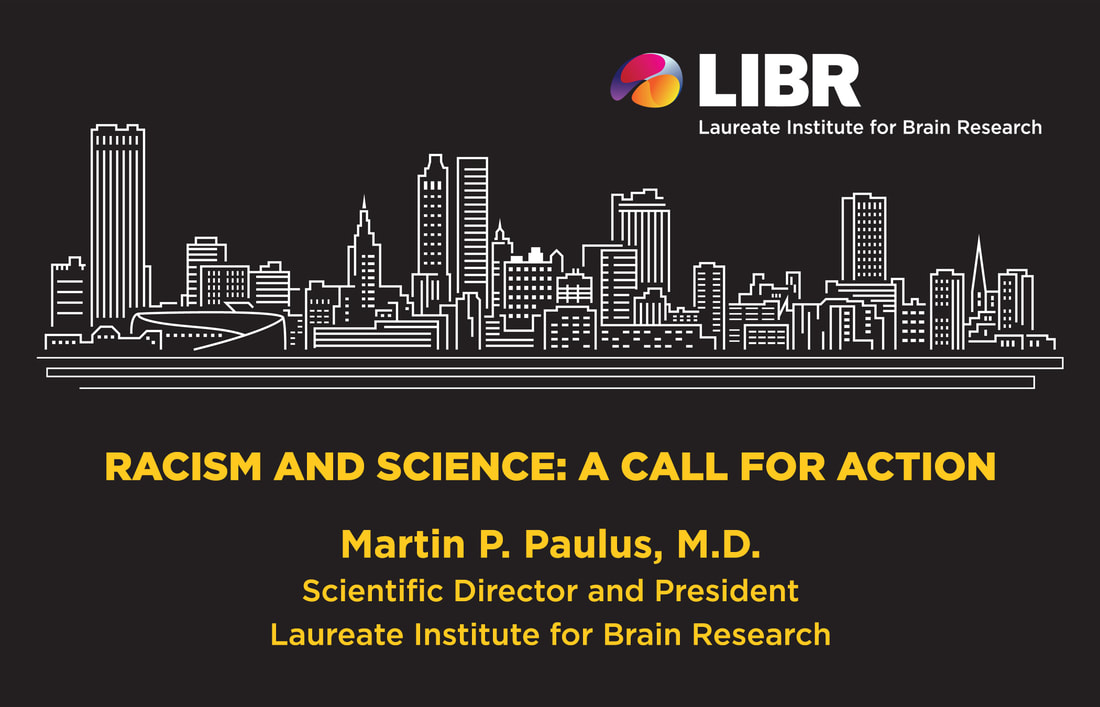|
The shooting event yesterday on the Saint Francis Hospital campus has many of us shaken, given an already unsettling state of mind following last week’s event in Uvalde, TX. Each person will begin to process these traumatic events based on their own history, thoughts and beliefs.
Here are a couple of things to consider: First, we experience these events both as an individual and as part of a community. We may be emotionally affected by a sense of loss of safety and control, and an increase in uncertainty. Second, those who are closest to the traumatic event will likely be the most affected by complex post-traumatic responses, including anxiety, depression, anger, numbness and disconnection. They will need help to regain a sense of safety and emotional stability. Third, these responses develop over an extended period. Even if we are not directly exposed, we should be mindful of encountering a person months from now who may continue to experience emotional difficulties following trauma. Fourth, there is evidence of various coping approaches that may result in more problems, e.g., substance and alcohol use are well-known to increase in some individuals following trauma. Fifth, processing these events within a framework of finding meaning, spirituality and benevolence may help to overcome the difficult and painful emotions many of us are feeling at this point in time. -Martin Paulus, M.D. Scientific Director and President
0 Comments
Over the past weeks, we have experienced repeated events that are painful to watch, and that cannot be condoned with silence. It is all too obvious that people who look like me hurt people who do not look like me with the tacit assumption that there is no retribution. These events make me feel ashamed and guilty, feelings that are painful to be with and that my brain would prefer to suppress. These events have made me aware that there are many people who are struggling on a daily basis and are facing bodily harm, oppression, injustice, and disrespect. Violence against Black people has brought this struggle in focus, but these events are not limited to Blacks alone. There is an unfortunate history of violence and injustice against American Indian, Asian American, Hispanic American, and other minorities. Moreover, this struggle extends to one’s sexual orientations or one’s belief systems in contrast with the mainstream. One common element is the intolerance of what is different and the anger, aggression, and hate that emerges from this intolerance.
In science, we aim to observe, experiment, and draw conclusions from the facts. However, science does not happen in a vacuum. It is done by people and – when it involves the human condition – it focuses on people. We have to ask ourselves, have the events that occurred on our streets also occurred in more subtle ways in our laboratories? Have people that look like me hurt people that do not look like me? The answer is yes, and this admission demands further evaluation. First, given certain circumstances, we are all capable of biased or racist thoughts, feelings, and actions. This is the source of pain experienced by those who see people of their group hurting those that are not part of their group. Second, we have to make an ongoing effort to openly work with these sentiments and to arrive at choices that will reduce the chance that we will hurt people who are different from us in the future. Third, we have to provide an opportunity for those who are the target of these injustices. However, that also means we have to learn about their struggle, understand the particulars of the pain they are experiencing, and develop paths that will reduce those painful events within the context of science in the future. Fourth, curiosity and understanding have to win over ignorance and intolerance. We need to learn about our differences, understand how they influence our feelings, thoughts, and actions, and develop better explanations of the human conditions that we are interested in. Outrage and anger over the events on our streets, laboratories, and other public or private places are not enough. It may even be a cage that will not allow us to understand why we are inflicting pain on others and how this increases all human suffering. Instead, open engagement with respect, interest, and love will help to develop the understanding that can be used to build new systems to reduce the pain of those in the minority. The situation is serious and calls for urgent and sustained engagement in finding new solutions. Scientists are problem solvers; we need to be thinking about our contribution to finding solutions to overcoming intolerance, anger, and aggression on the one hand and discover ways of healing the pain of those that have been the target of racism. We must work to build each other up and empower minorities in science rather than tearing people down. To that end, we have started a workgroup that consists of individuals who work at LIBR to enhance the recognition that race and ethnicity play an important role to improve our scientific approach to solving mental health problems: Aim 1: Increase the consideration of race/ethnicity when developing research questions, analysis plans, and assessments (e.g., including biological, sociocultural, economic variables).
Aim 2: Increase the representation of under-represented minorities in the neuroscience and mental health research workforce.
Aim 3: Enhance outreach efforts to and partnership with communities and organizations with diverse race/ethnicity representation.
|
Archives
July 2024
Categories
All
|
VISIT LIBR6655 South Yale Ave. Tulsa, OK 74136
918.502.5100 | [email protected] |
|
© 2009-2024. All Rights Reserved. Laureate Institute for Brain Research
Site powered by Laureate Institute for Brain Research



 RSS Feed
RSS Feed